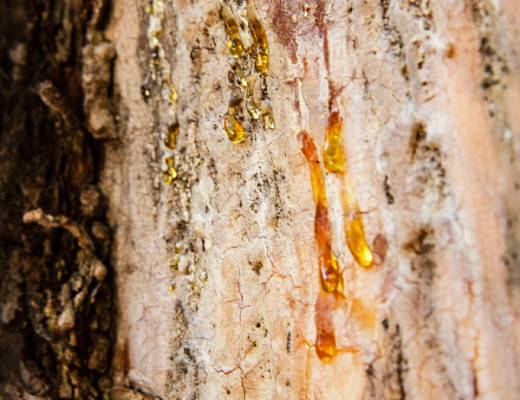Greece’s most famous and possibly most authentic wine is the traditional Retsina, with Attiki as the center of its production. Only specific regions can carry a Protected Geographical Indication (PGI) on the labels. (or ΠΓΕ in Greek). Retsina can also be produced throughout Greece and according to Greek and European legislation is labelled as a Traditional Designation (one of the two in Greece) if not produced within one of the designated PGI zones.
Among these regions, Attiki stands out by producing Retsinas that, under certain prerequisites, are classified in the category of Protected Geographical Indication, PGI Retsina of Attiki (ΠΓΕ Ρετσίνα Αττικής). It was only quite recently that Attiki has become the focus of Retsina production, being nowadays the most important producer of this renown traditional style of wine.
The Production Method
The Protected Geographical indication PGI Retsina of Attiki (ΠΓΕ Ρετσίνα Αττικής) allows the production of white and rosé wines, with the latter consisting of only a minor portion of the total production. Savatiano and the pink-skinned Roditis are the only two varieties permitted within the PGI rules. The PGI boundaries include all the viticultural zones of the prefecture of Attiki.
Retsina is made by adding a special type of resin (of the Pinus Halepensis tree) before or during the fermentation of the must. (as long as no more than 1/3 of the original sugar content has been converted to alcohol). The total amount allowed has been reduced to a maximum of 1 kilogram per 100 liters of must. However, most of the quality-minded producers are adding significantly less for their new-age Retsinas. Two other extremely important factors to be taken under consideration are the duration and the temperature of the extraction. These factors will define the final aromatic profile of the wine.

